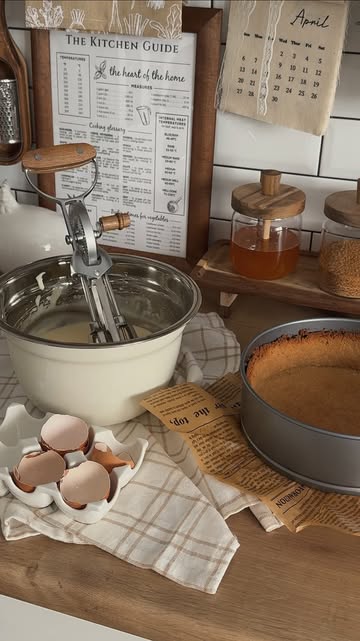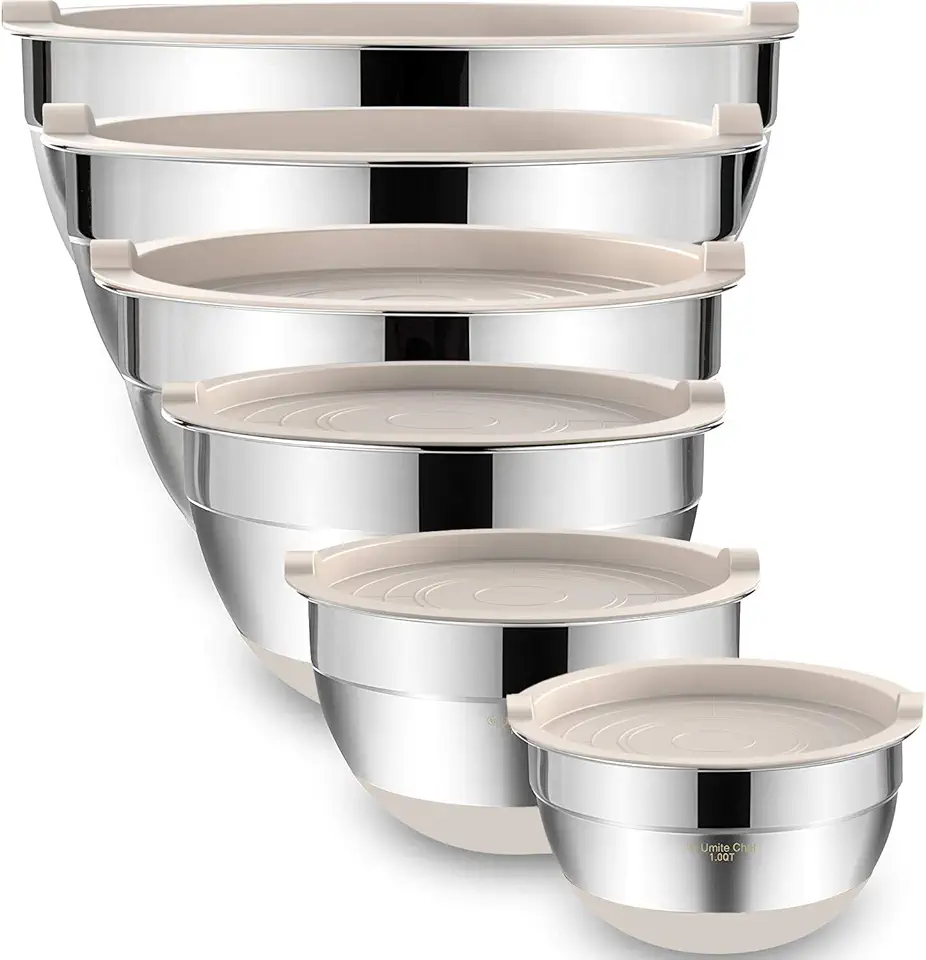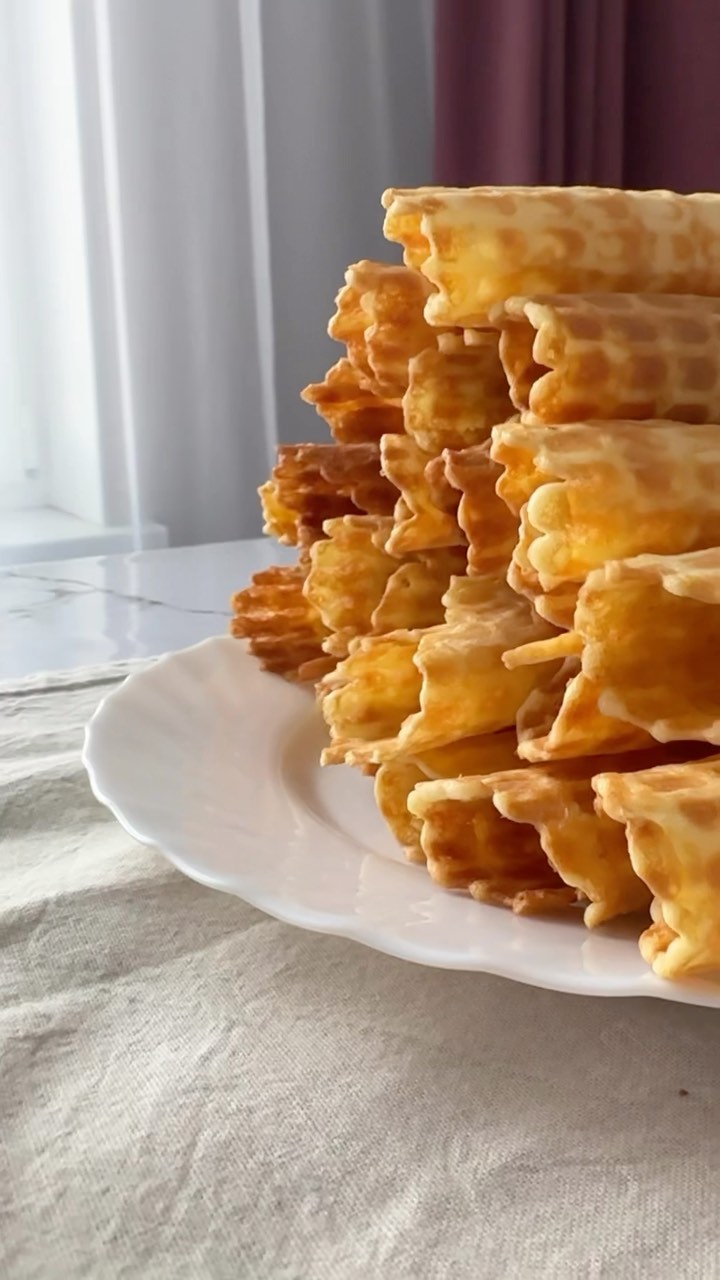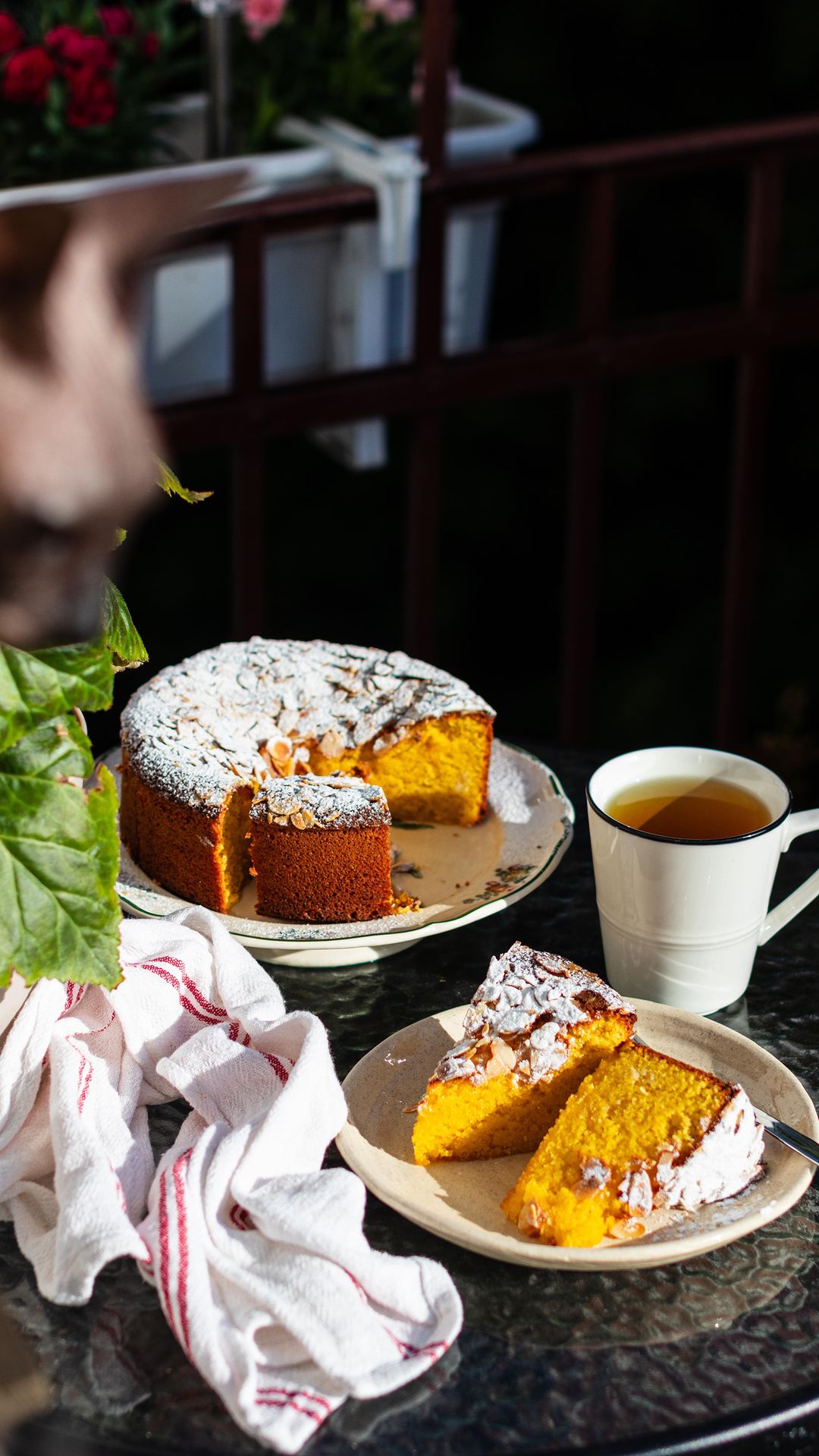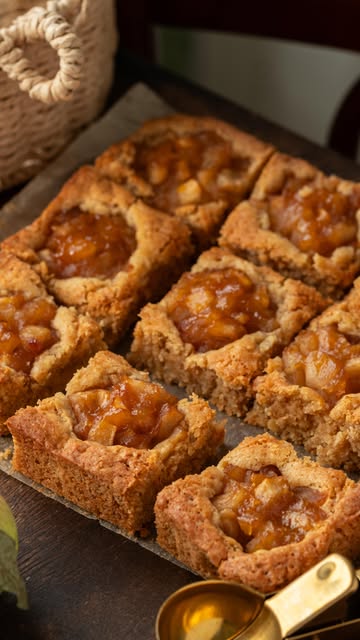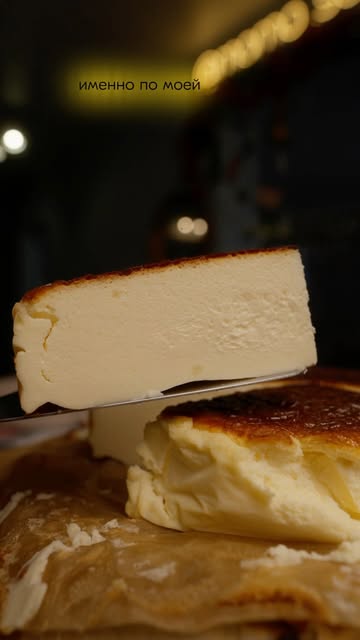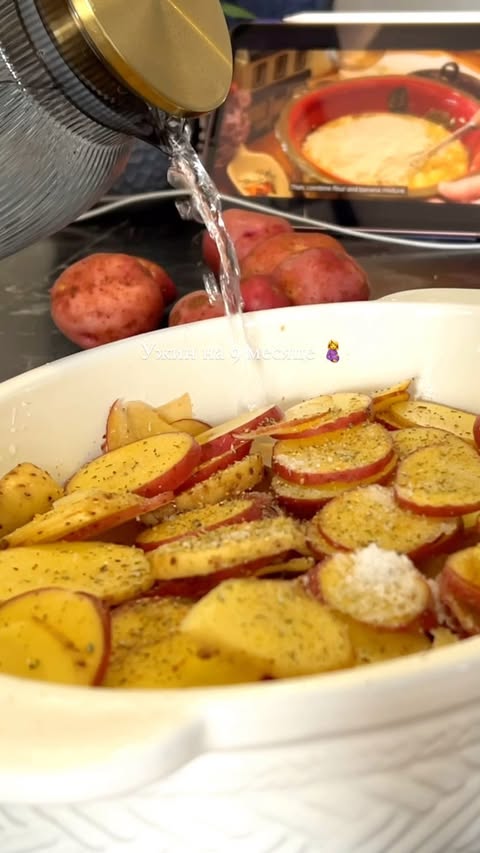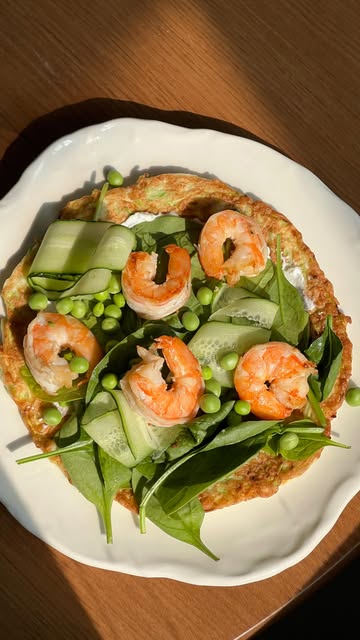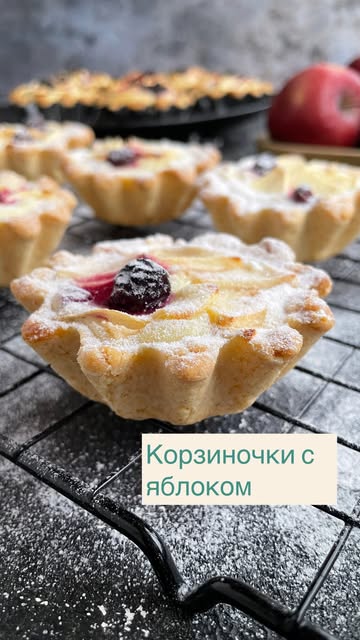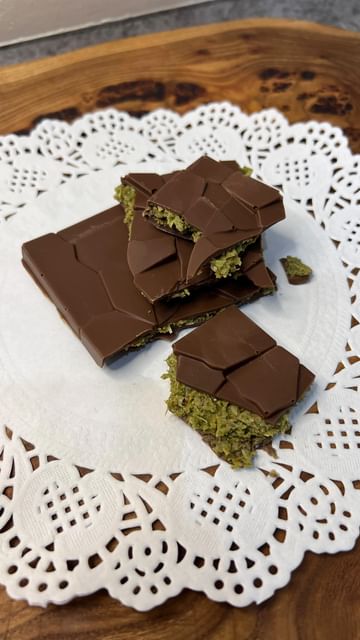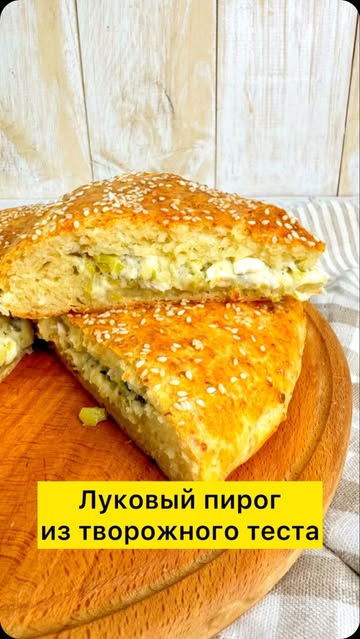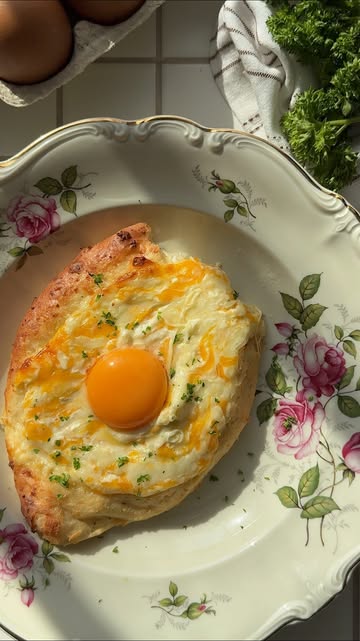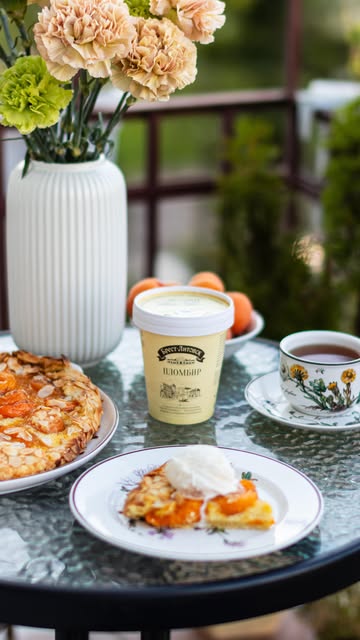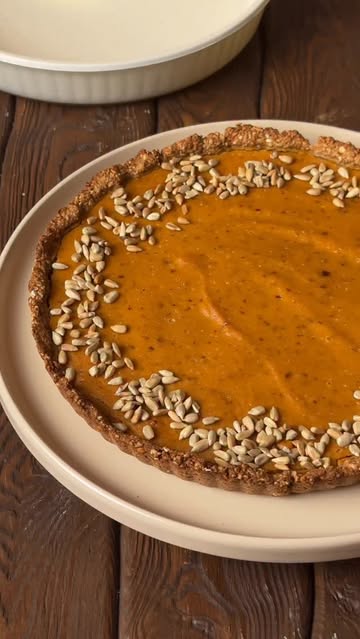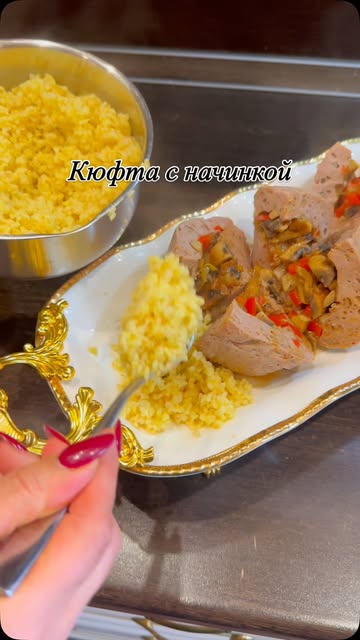Ingredients
Crust Ingredients
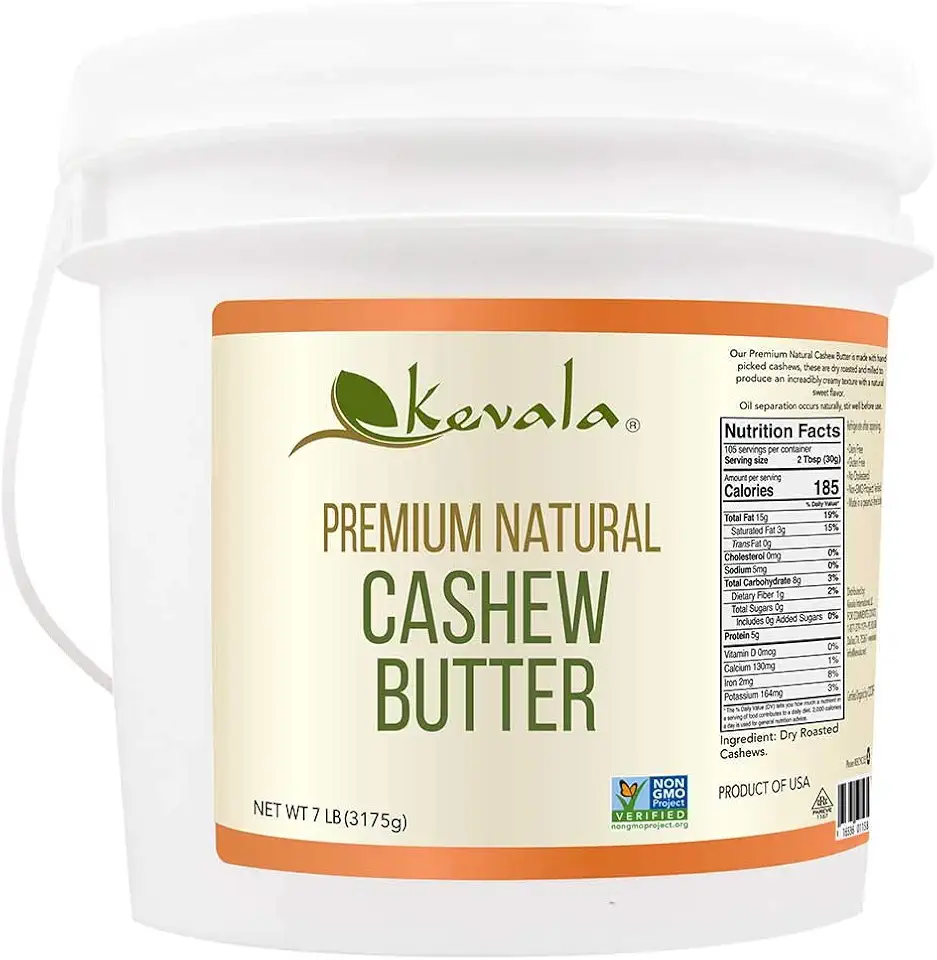 Kevala Cashew Butter 7 Lbs Pail
$83.62
View details
Prime
best seller
Kevala Cashew Butter 7 Lbs Pail
$83.62
View details
Prime
best seller
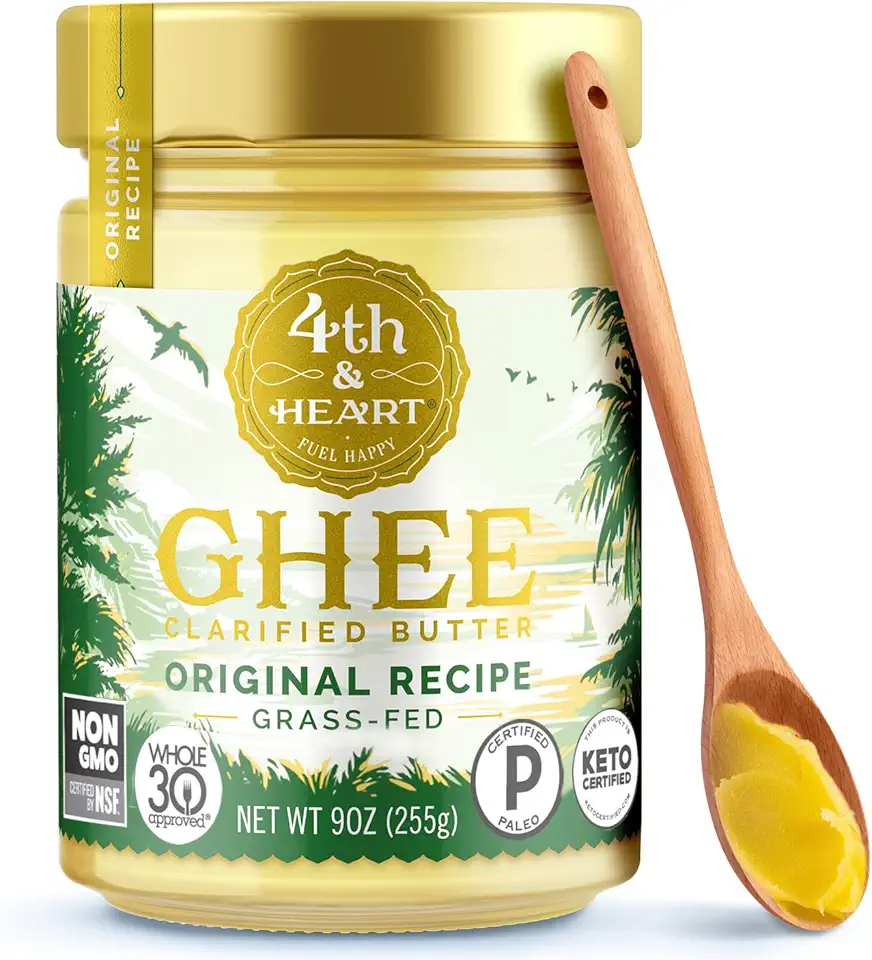 4th & Heart Original Grass-Fed Ghee, Clarified Butter, Keto, Pasture Raised, Lactose and Casein Free, Certified Paleo (9 Ounces)
$11.49
View details
Prime
4th & Heart Original Grass-Fed Ghee, Clarified Butter, Keto, Pasture Raised, Lactose and Casein Free, Certified Paleo (9 Ounces)
$11.49
View details
Prime
 4th & Heart Himalayan Pink Salt Grass-Fed Ghee, Clarified Butter, Keto Pasture Raised, Non-GMO, Lactose and Casein Free, Certified Paleo (9 Ounces)
$9.49
View details
4th & Heart Himalayan Pink Salt Grass-Fed Ghee, Clarified Butter, Keto Pasture Raised, Non-GMO, Lactose and Casein Free, Certified Paleo (9 Ounces)
$9.49
View details
Filling Ingredients
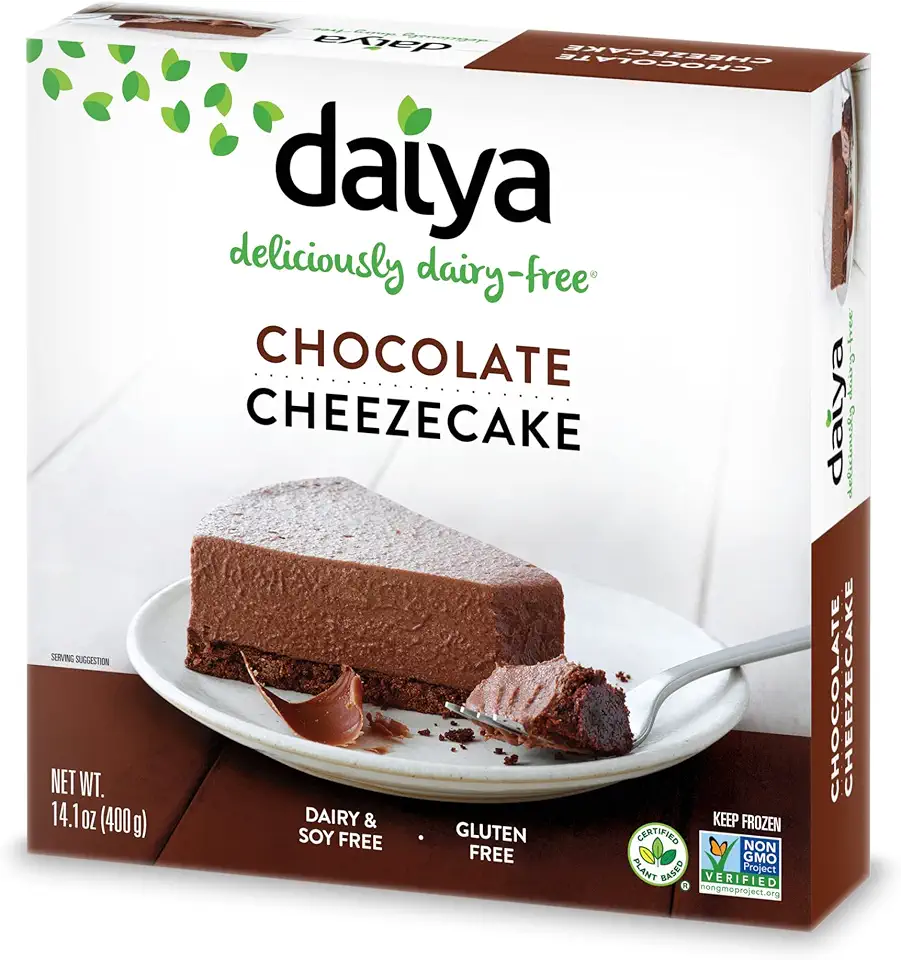 Daiya Dairy Free Gluten Free Chocolate Vegan Frozen Cheesecake, 14.1 Ounce (Pack of 8)
$107.26
View details
Prime
Daiya Dairy Free Gluten Free Chocolate Vegan Frozen Cheesecake, 14.1 Ounce (Pack of 8)
$107.26
View details
Prime
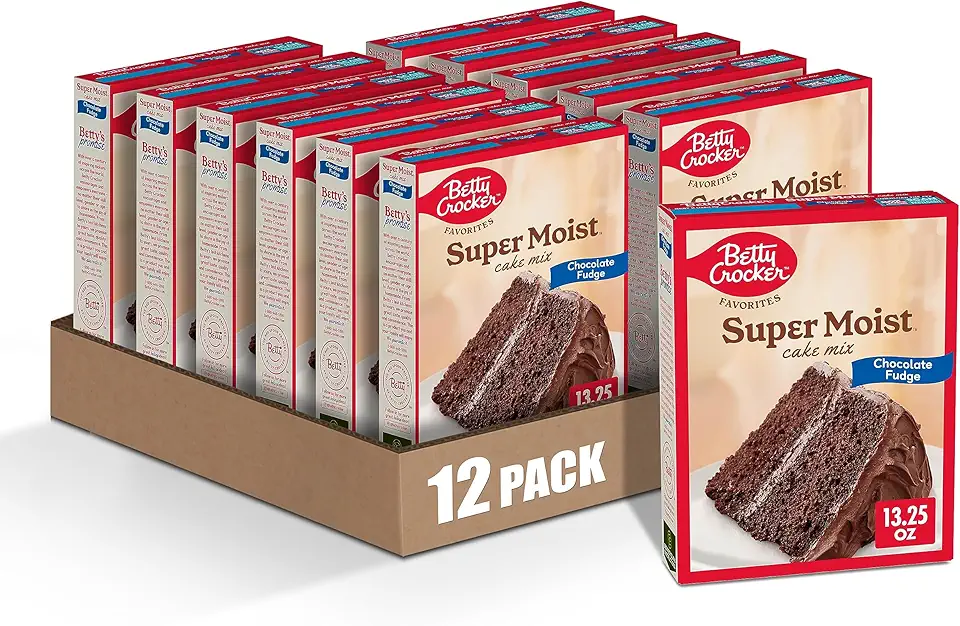 Betty Crocker Favorites Super Moist Chocolate Fudge Cake Mix, 13.25 oz (Pack of 12)
$23.04
View details
Betty Crocker Favorites Super Moist Chocolate Fudge Cake Mix, 13.25 oz (Pack of 12)
$23.04
View details
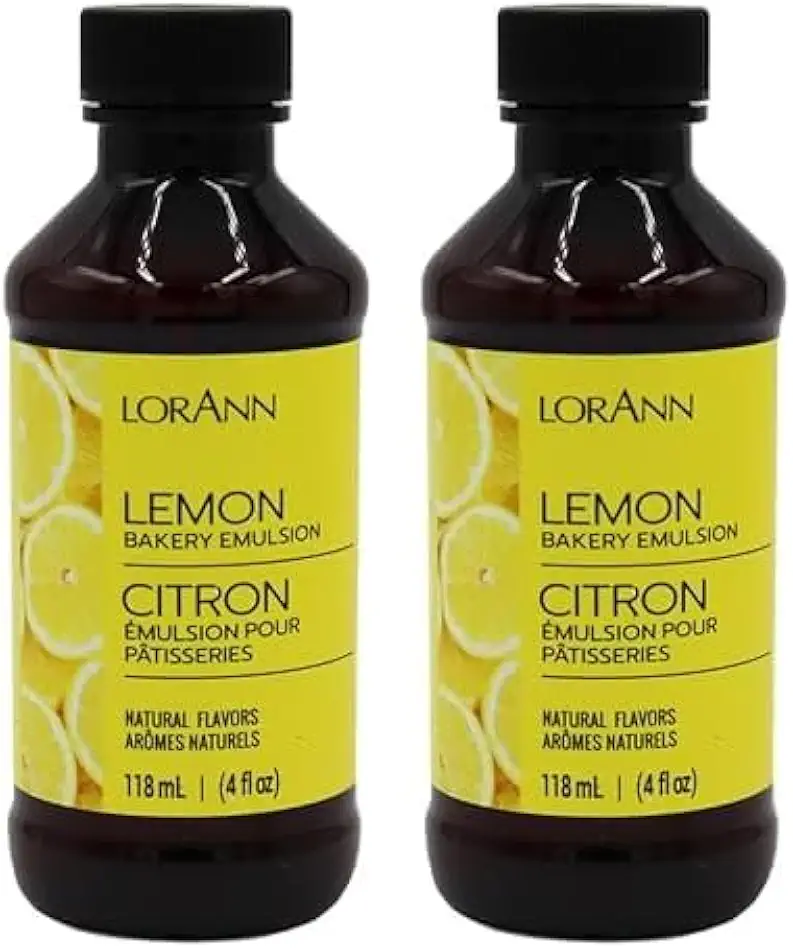 LorAnn Lemon Bakery Emulsion, 4 ounce bottle (Pack of 2)
$16.98
View details
LorAnn Lemon Bakery Emulsion, 4 ounce bottle (Pack of 2)
$16.98
View details
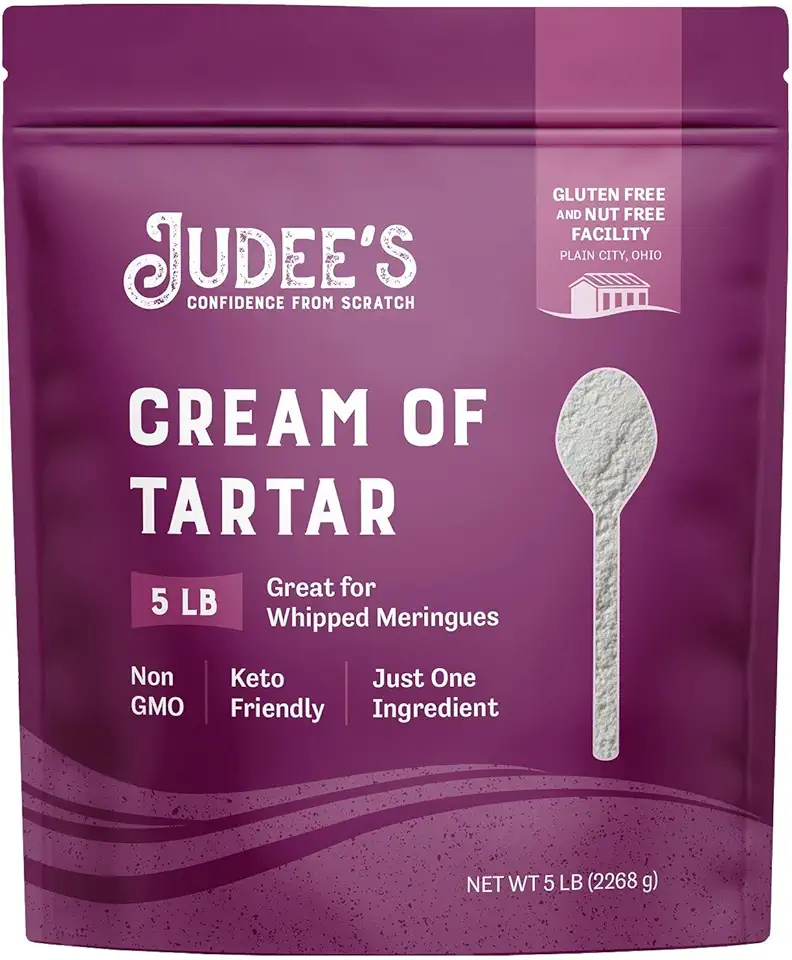 Judee’s Bulk Cream of Tartar 40 lb (5lb Pack of 8) - All Natural, Keto-Friendly, Gluten-Free & Nut-Free - Use for Baking as a Stabilizer, Cleaning and Crafting - Made in USA
$319.99
View details
Prime
Judee’s Bulk Cream of Tartar 40 lb (5lb Pack of 8) - All Natural, Keto-Friendly, Gluten-Free & Nut-Free - Use for Baking as a Stabilizer, Cleaning and Crafting - Made in USA
$319.99
View details
Prime
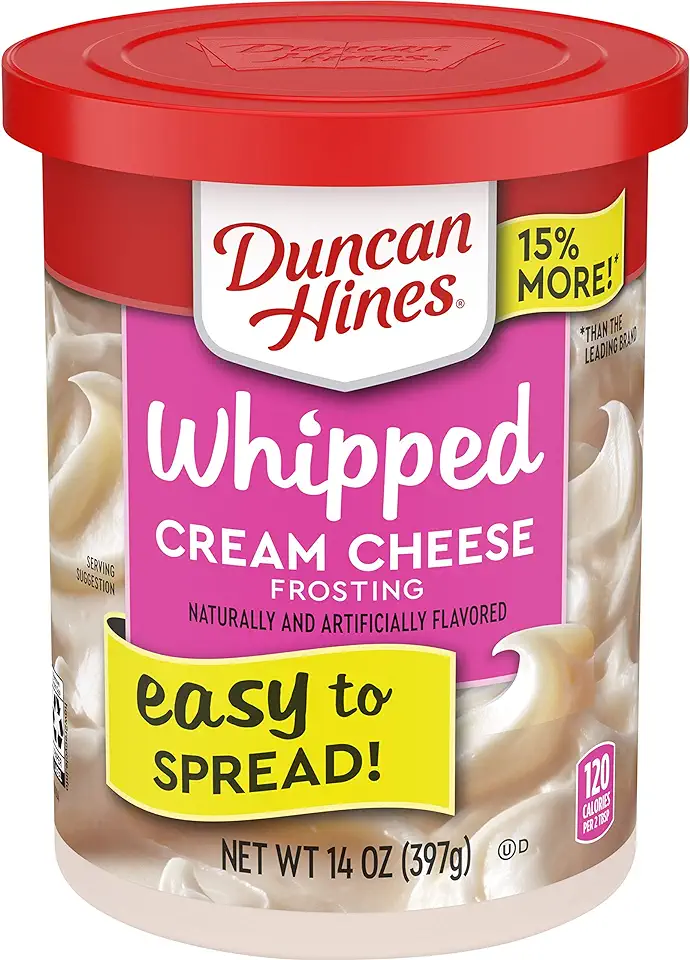 Duncan Hines Whipped Cream Cheese Frosting, 14 oz
$1.92
View details
Prime
Duncan Hines Whipped Cream Cheese Frosting, 14 oz
$1.92
View details
Prime
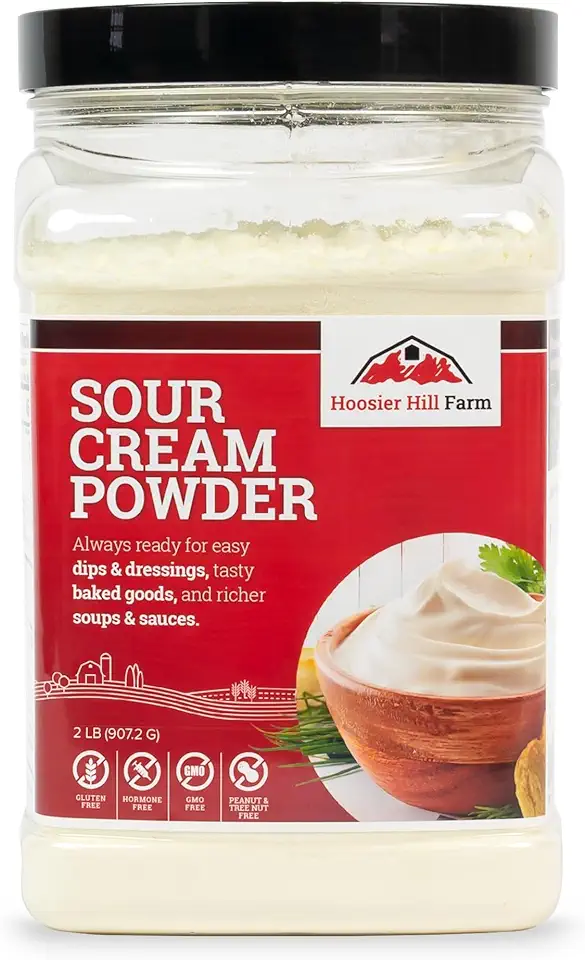 Hoosier Hill Farm Sour Cream Powder, 2LB (Pack of 1)
$29.99
View details
Hoosier Hill Farm Sour Cream Powder, 2LB (Pack of 1)
$29.99
View details
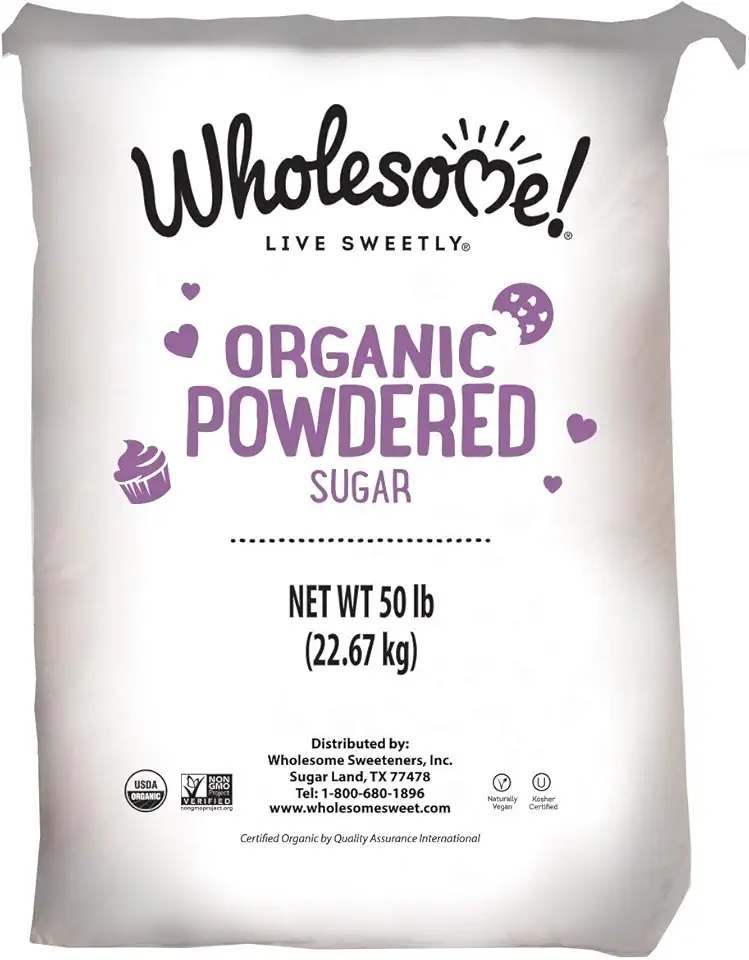 Wholesome Fair Trade Organic Powdered Sugar, Naturally Flavored Real Sugar, Non GMO & Gluten Free, 50 Pound (Pack of 1)
$106.95
View details
Prime
best seller
Wholesome Fair Trade Organic Powdered Sugar, Naturally Flavored Real Sugar, Non GMO & Gluten Free, 50 Pound (Pack of 1)
$106.95
View details
Prime
best seller
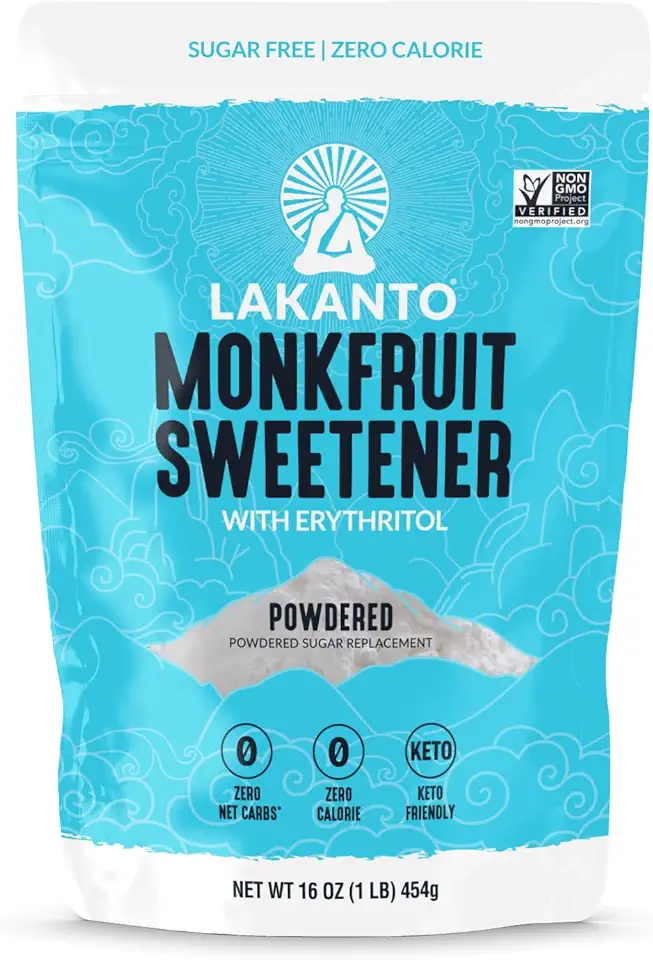 Lakanto Powdered Monk Fruit Sweetener with Erythritol - Powdered Sugar Substitute, Zero Calorie, Keto Diet Friendly, Zero Net Carbs, Baking, Extract, Sugar Replacement (Powdered - 1 lb)
$11.90
View details
Prime
Lakanto Powdered Monk Fruit Sweetener with Erythritol - Powdered Sugar Substitute, Zero Calorie, Keto Diet Friendly, Zero Net Carbs, Baking, Extract, Sugar Replacement (Powdered - 1 lb)
$11.90
View details
Prime
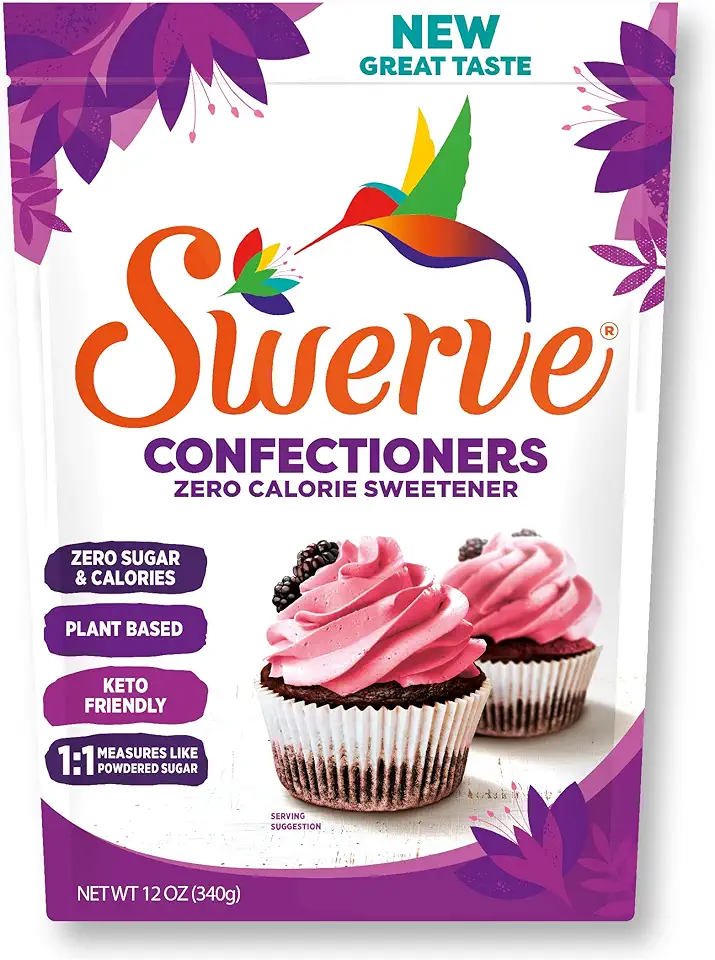 Swerve Sweetener Powder, Confectioners, 12 oz
$6.98
View details
Swerve Sweetener Powder, Confectioners, 12 oz
$6.98
View details
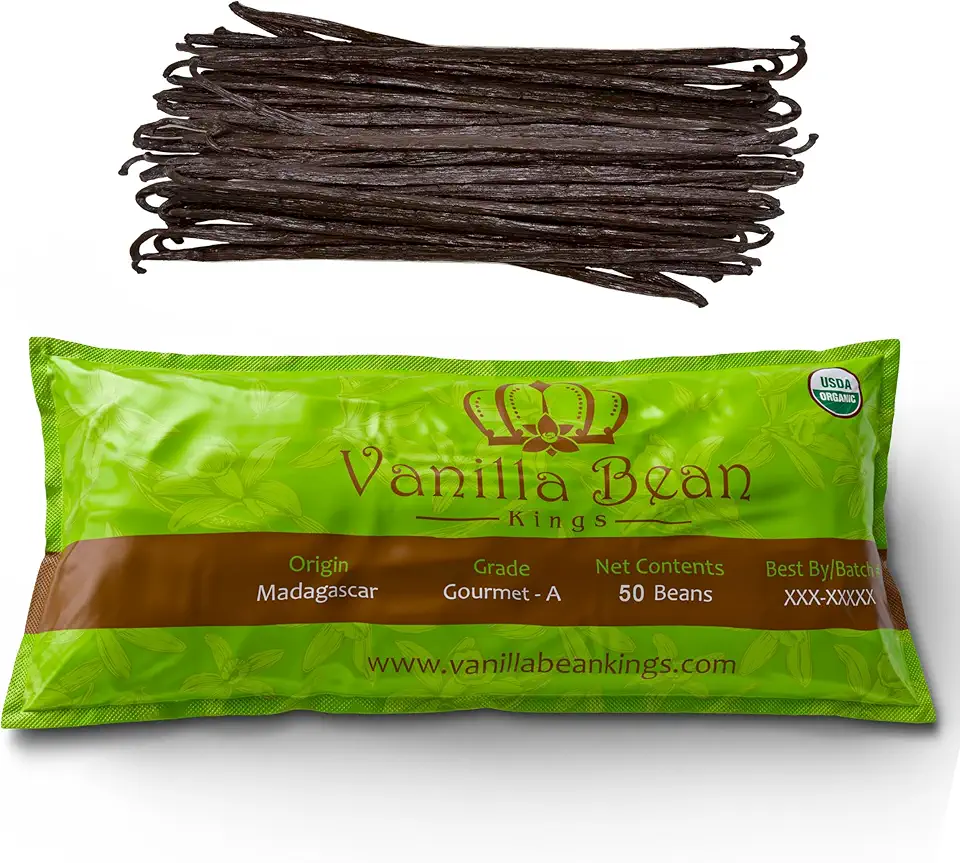 50 Organic Madagascar Vanilla Beans. Whole Grade A Vanilla Pods for Vanilla Extract and Baking
$39.99
View details
Prime
50 Organic Madagascar Vanilla Beans. Whole Grade A Vanilla Pods for Vanilla Extract and Baking
$39.99
View details
Prime
 50 Organic Grade A Madagascar Vanilla Beans. Certified USDA Organic for Extract and all things Vanilla by FITNCLEAN VANILLA. ~5" Bulk Fresh Bourbon NON-GMO Pods.
$37.99
View details
Prime
50 Organic Grade A Madagascar Vanilla Beans. Certified USDA Organic for Extract and all things Vanilla by FITNCLEAN VANILLA. ~5" Bulk Fresh Bourbon NON-GMO Pods.
$37.99
View details
Prime
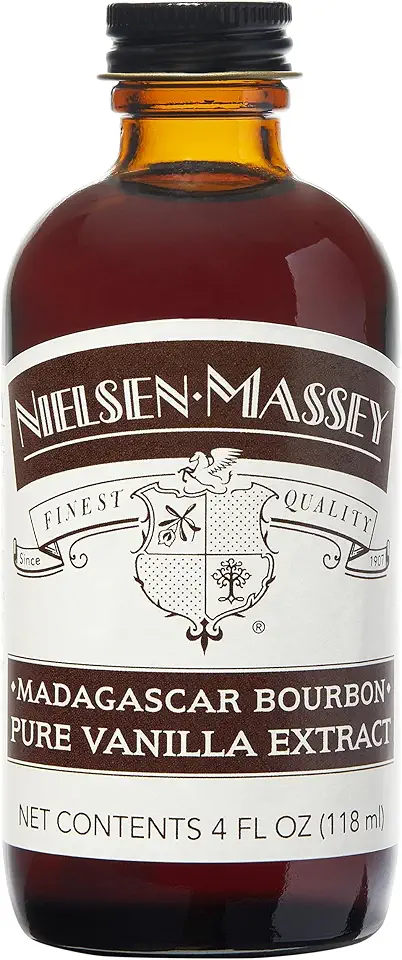 Nielsen-Massey Madagascar Bourbon Pure Vanilla Extract for Baking and Cooking, 4 Ounce Bottle
$19.95
View details
Nielsen-Massey Madagascar Bourbon Pure Vanilla Extract for Baking and Cooking, 4 Ounce Bottle
$19.95
View details
Instructions
Step 1
Begin by crushing the biscuit cookies in a blender until they are finely ground.
In a mixing bowl, combine the crushed cookies with the melted unsalted butter and mix thoroughly.
Step 2
Line a 20 cm (8 inch) round baking pan with parchment paper.
Press the cookie mixture evenly into the bottom of the pan, forming a solid base with a slight edge.
Preheat your oven to 170 degrees Celsius (340 degrees Fahrenheit) and bake the crust for 5-7 minutes.
After baking, allow it to cool before adding the filling.
Step 3
In a large bowl, combine the cream cheese, powdered sugar, vanilla extract, and sour cream.
Beat the mixture until smooth and creamy.
Gradually add the eggs, one at a time, mixing well after each addition to ensure a well-combined filling.
Step 4
Pour the cream cheese filling over the prepared crust in the baking pan.
Gently tap the pan on the counter a few times to release any trapped air bubbles.
Step 5
To avoid cracks on the surface, place a dish of water at the bottom of your oven while the cheesecake is baking.
Bake the cheesecake at 110 degrees Celsius (230 degrees Fahrenheit) for about 2 hours.
Step 6
Once baked, turn off the oven and leave the cheesecake inside with the door slightly open for 2 hours to cool down gradually.
After it has cooled, transfer the cheesecake to the refrigerator and let it chill for several hours, preferably overnight, before serving.
Servings
Equipment
Essential for crushing the cookies into a fine crumb. Make sure it’s powerful enough to handle the task without leaving large chunks.
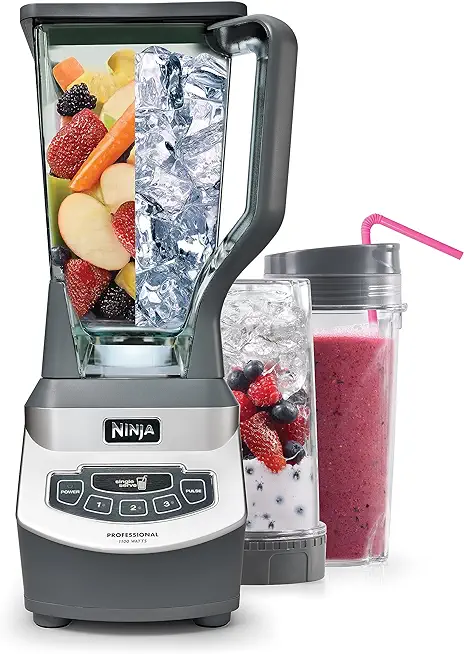 Ninja BL660 Professional Compact Smoothie & Food Processing Blender, 1100-Watts, 3 Functions -for Frozen Drinks, Smoothies, Sauces, & More, 72-oz.* Pitcher, (2) 16-oz. To-Go Cups & Spout Lids, Gray
$99.99
$119.99
View details
Prime
Ninja BL660 Professional Compact Smoothie & Food Processing Blender, 1100-Watts, 3 Functions -for Frozen Drinks, Smoothies, Sauces, & More, 72-oz.* Pitcher, (2) 16-oz. To-Go Cups & Spout Lids, Gray
$99.99
$119.99
View details
Prime
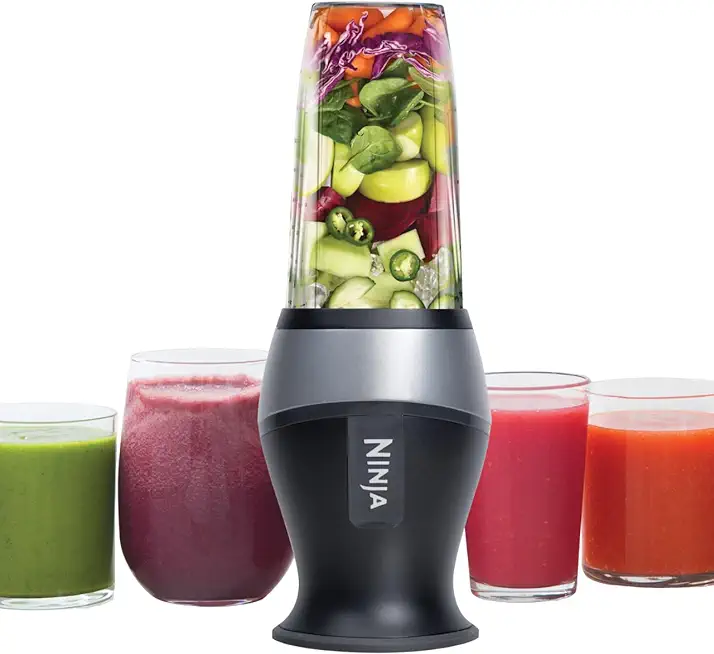 Ninja Fit Compact Personal Blender, Portable Blender for-Smoothies, Shakes, Food Prep, and Frozen Blending, 700-Watt Base, (2) 16-oz. Cups and Spout Lids, Black QB3001SS
$49.99
$69.99
View details
Prime
best seller
Ninja Fit Compact Personal Blender, Portable Blender for-Smoothies, Shakes, Food Prep, and Frozen Blending, 700-Watt Base, (2) 16-oz. Cups and Spout Lids, Black QB3001SS
$49.99
$69.99
View details
Prime
best seller
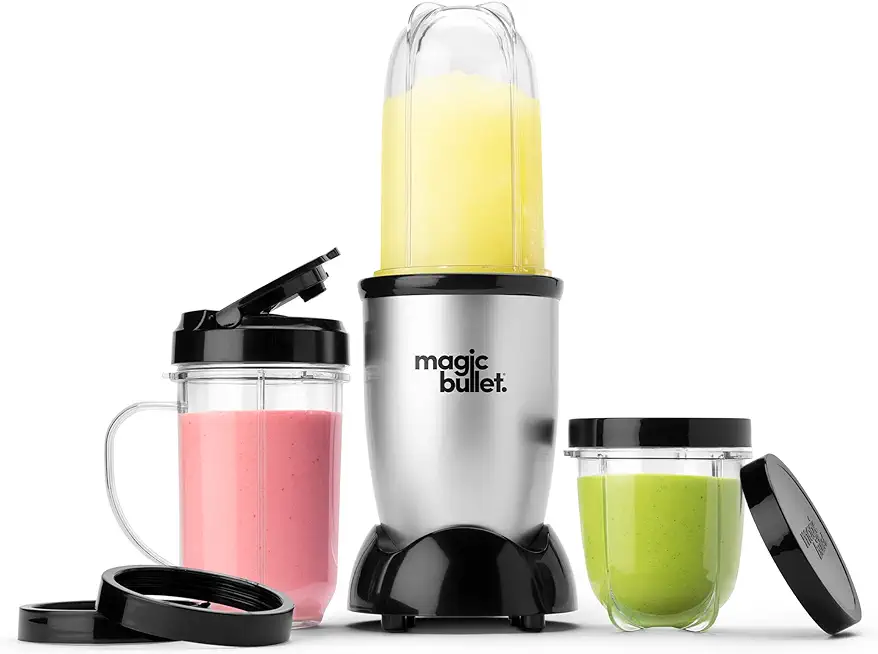 Magic Bullet Blender, Small, Silver, 11 Piece Set
$39.88
$49.99
View details
Magic Bullet Blender, Small, Silver, 11 Piece Set
$39.88
$49.99
View details
This pan gives your cheesecake its iconic shape. Ensure it's properly lined to make removing the cheesecake easier once it's set.
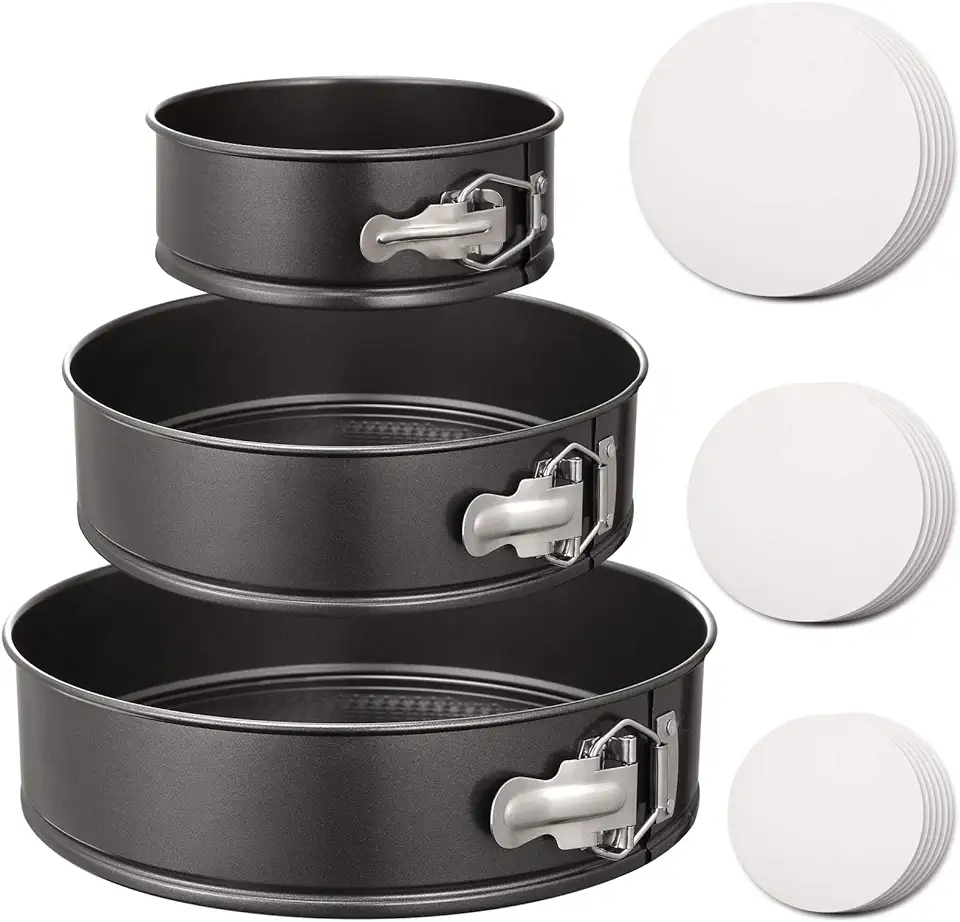 HIWARE Springform Pan Set of 3 Non-stick Cheesecake Pan, Leakproof Round Cake Pan Set Includes 3 Pieces 6" 8" 10" Springform Pans with 150 Pcs Parchment Paper Liners
$23.99
$29.00
View details
Prime
HIWARE Springform Pan Set of 3 Non-stick Cheesecake Pan, Leakproof Round Cake Pan Set Includes 3 Pieces 6" 8" 10" Springform Pans with 150 Pcs Parchment Paper Liners
$23.99
$29.00
View details
Prime
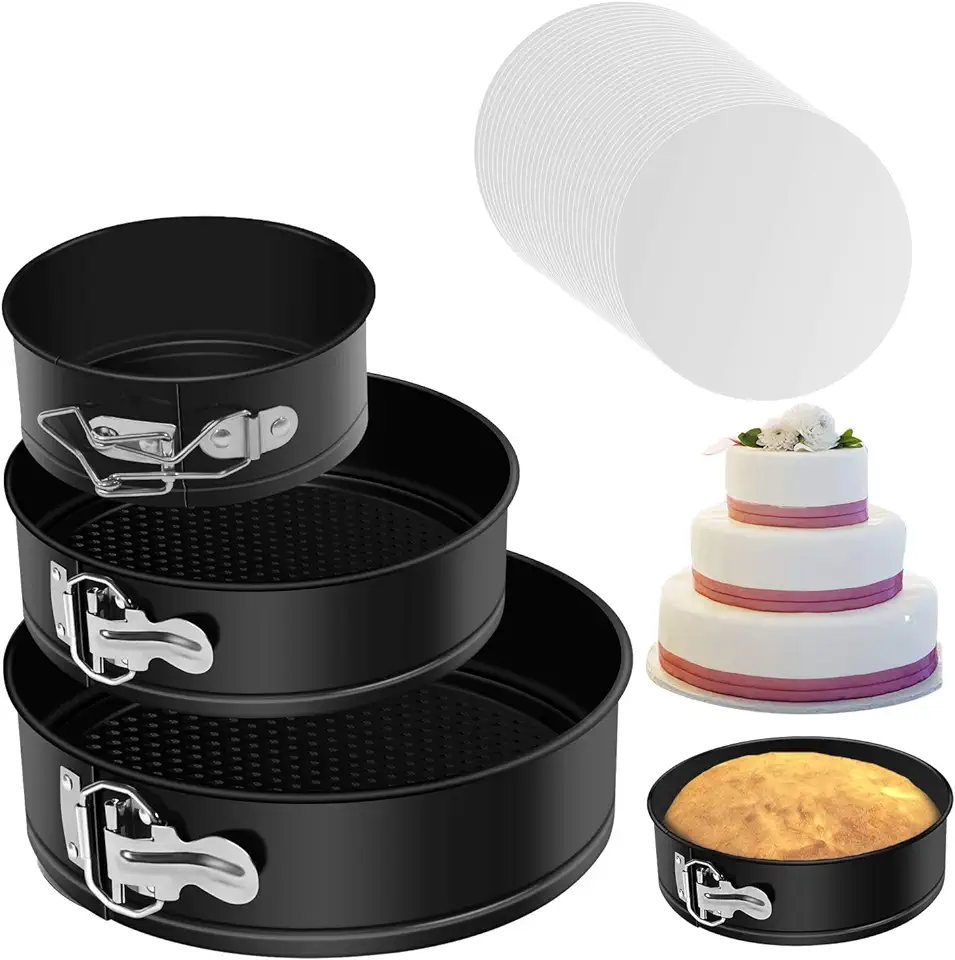 Springform Cake Pan Set of 3 - Nonstick Leakproof Round Cheesecake Pan with Removable Bottom, Circle 3 Tiered 4" 7" 9 inch Spring form Pans for Baking with 50 Pcs Parchment Paper Liners
$18.99
$25.99
View details
Prime
Springform Cake Pan Set of 3 - Nonstick Leakproof Round Cheesecake Pan with Removable Bottom, Circle 3 Tiered 4" 7" 9 inch Spring form Pans for Baking with 50 Pcs Parchment Paper Liners
$18.99
$25.99
View details
Prime
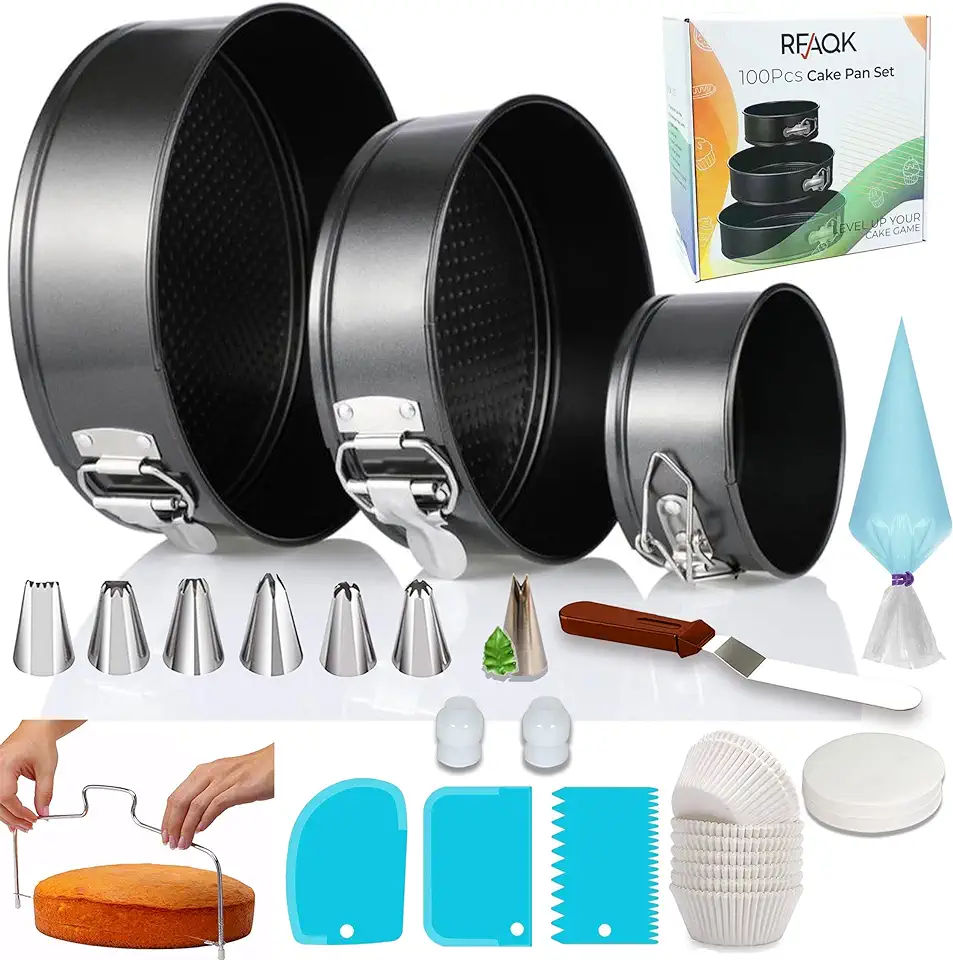 RFAQK 100PCs Cake Pan Sets for Baking + Cake Decorating Kit: 3 Non-Stick Springform Pans Set (4, 7, 9 inches), Piping Tips, Cake Leveler – Multi-functional Leak-Proof CheeseCake Pan & eBook
$23.99
$29.99
View details
RFAQK 100PCs Cake Pan Sets for Baking + Cake Decorating Kit: 3 Non-Stick Springform Pans Set (4, 7, 9 inches), Piping Tips, Cake Leveler – Multi-functional Leak-Proof CheeseCake Pan & eBook
$23.99
$29.99
View details
A reliable oven is key for achieving even baking. Keep an oven thermometer handy to check for accurate temperatures.
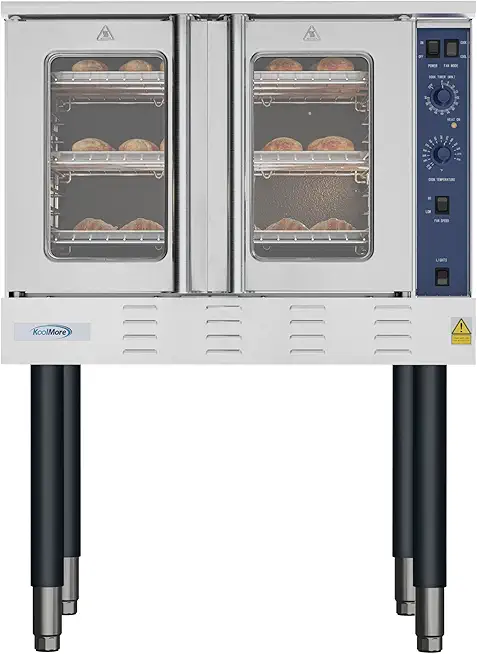 KoolMore 38 in. Full-Size Single Deck Commercial Natural Gas Convection Oven 54,000 BTU in Stainless-Steel (KM-CCO54-NG)
$3651.89
View details
Prime
KoolMore 38 in. Full-Size Single Deck Commercial Natural Gas Convection Oven 54,000 BTU in Stainless-Steel (KM-CCO54-NG)
$3651.89
View details
Prime
 Restaurantware Hi Tek Half Size Convection Oven 1 Countertop Electric Oven - 1.5 Cu. Ft. 120V Stainless Steel Commercial Convection Oven 1600W 4 Racks Included
$1077.29
View details
Prime
Restaurantware Hi Tek Half Size Convection Oven 1 Countertop Electric Oven - 1.5 Cu. Ft. 120V Stainless Steel Commercial Convection Oven 1600W 4 Racks Included
$1077.29
View details
Prime
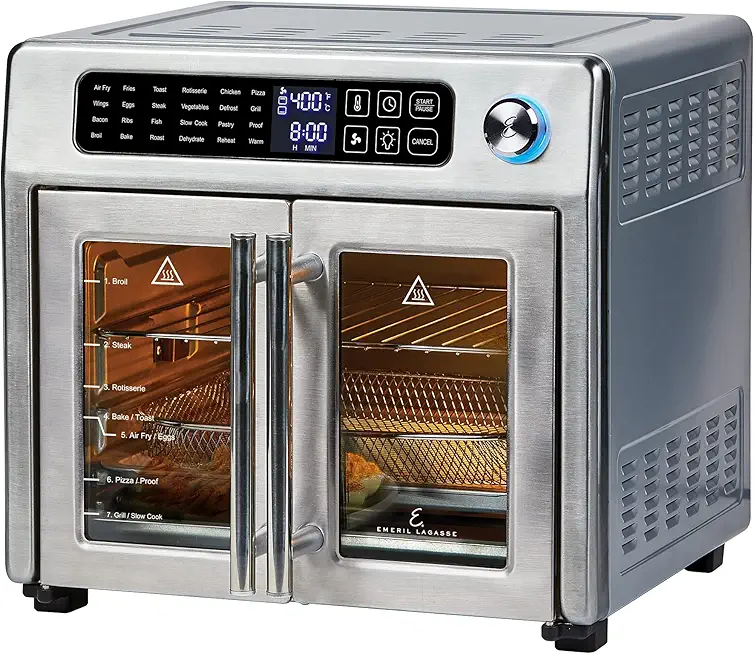 Emeril Lagasse 26 QT Extra Large Air Fryer, Convection Toaster Oven with French Doors, Stainless Steel
$189.99
View details
Emeril Lagasse 26 QT Extra Large Air Fryer, Convection Toaster Oven with French Doors, Stainless Steel
$189.99
View details
Use large bowls for mixing the cheese and egg mixture. Having a variety of sizes can help keep things organized.
Variations
Swap the traditional cookies with gluten-free alternatives, like almond flour or gluten-free biscuit crumbs. Your cheesecake will still be delicious, and everyone can enjoy it! 🌟
Vegan Option:To make a vegan cheesecake, use cashew cream blended with non-dairy yogurt as a substitute for cream cheese, and replace eggs with flaxseed meal combined with water for that perfect texture. Enjoy a creamy delight without animal products! 🌱✨
Faq
- Q: How do I know when my cheesecake is done?
A: The cheesecake should be set with a slight jiggle in the center. It continues to firm up as it cools!
- Q: Can I make this cheesecake ahead of time?
A: Absolutely! It’s best when chilled overnight, so feel free to prepare it a day in advance!
- Q: How can I prevent cracks from forming on the top?
A: Bake it in a water bath by placing a pan of water in the oven. This keeps the humidity up and helps avoid cracks.
- Q: What can I do if my cheesecake is too dense?
A: Ensure you're incorporating air into your batter by mixing slowly and gently. Overmixing can lead to a denser cheesecake.
- Q: What is the best way to cut a cheesecake?
A: Use a hot knife to get clean slices. Dip the knife in hot water, wipe it dry, and slice! Repeat for each piece.
- Q: Can I add flavors or toppings to customize my cheesecake?
A: Yes! Feel free to add lemon zest, chocolate chips, or fruit purees for a twist on classic cheesecake!

